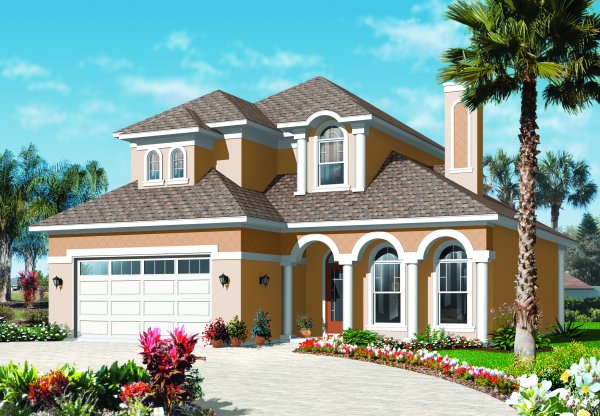

In turn, this helps to lower energy bills and decrease demand on a central heating or cooling system. By combining the sturdiness of uninterrupted concrete with the thickness of foam, the structure can withstand extreme levels of heat or cold without causing discomfort to the occupants. Another benefit of ICF walls in particular is that they feature great insulation and temperature control.As the house has solid concrete walls with no discernible seams or breaks, it is able to better withstand the effects of natural disasters such as earthquakes and storms. The strongest advantage is the impressive strength and reliability that comes from concrete construction.These homes are recognized for their thermal efficiency, which means more energy savings. That’s where ICF and concrete block construction come into the picture.

This bonds the forms together and creates contiguous walls throughout the structure.Įvery year, there are more homeowners who are looking for a green construction method that is also versatile enough to accommodate virtually all architectural styles and square footage sizes. As the forms are placed in the appropriate configuration to create the walls of the home, concrete is poured inside and left to set. The key is the hollow space in between the foam walls of the forms. These forms are available in many sizes and styles, enabling their use in every aspect of a home seamlessly and efficiently. Unlike traditional wood-frame builds that use foam or fiberglass insulation, ICF construction utilizes interlocking forms with a lightweight foam exterior. ICF homes use insulated concrete forms as the primary material. Concrete block home designs use CMUs (concrete masonry units) as the primary material for construction. Concrete block and ICF (insulated concrete form) house plans offer a number of advantages – like improved energy efficiency – for the eco-conscious homeowner.


 0 kommentar(er)
0 kommentar(er)
